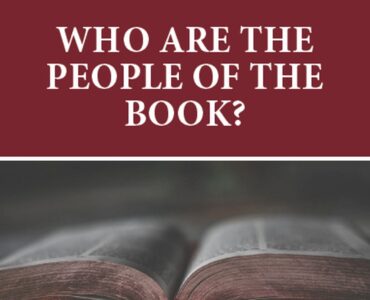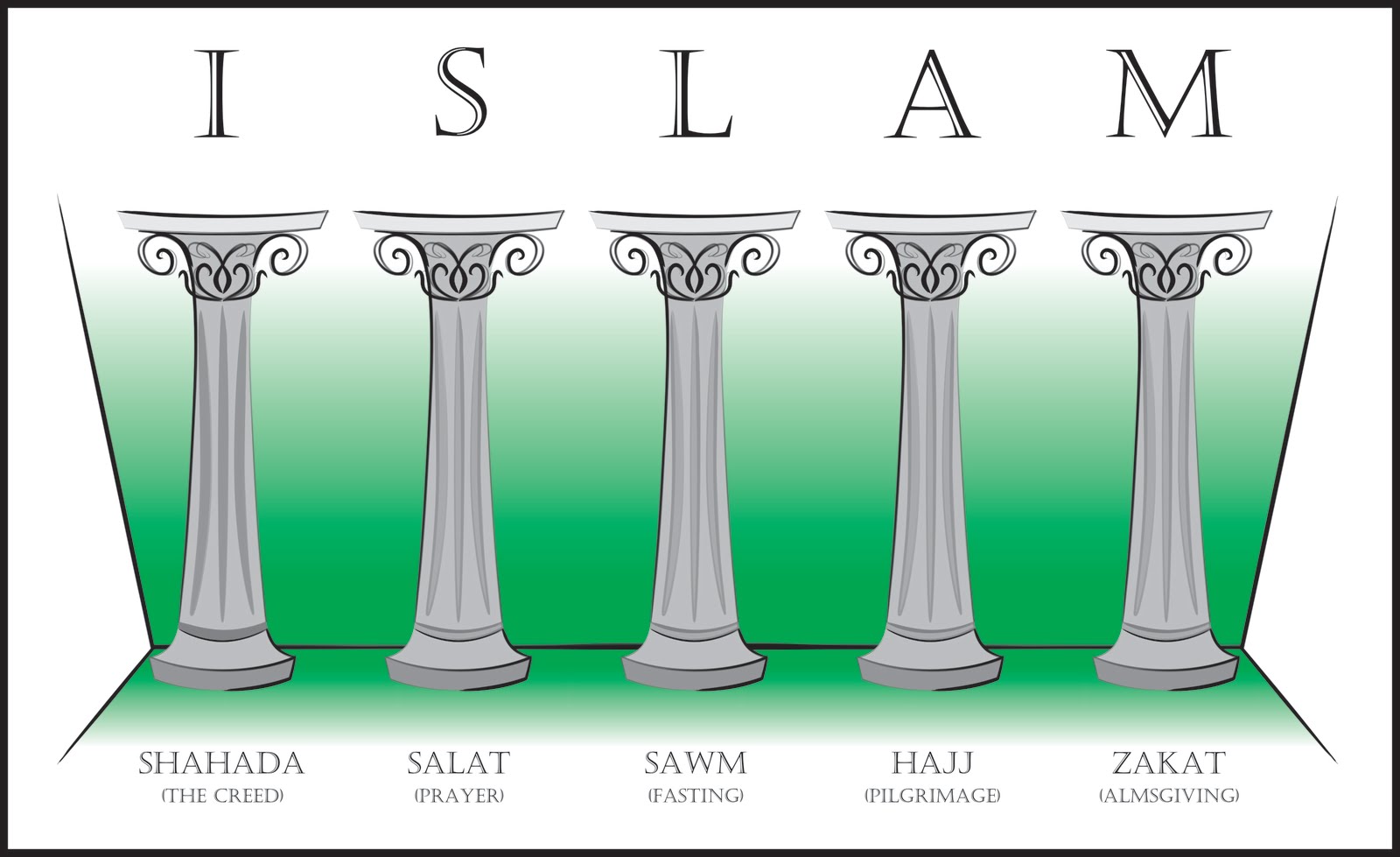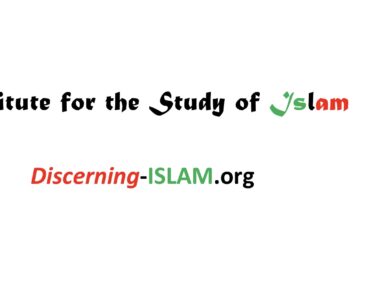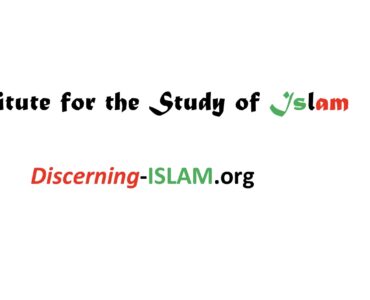
Country Reports: Saudi Arabia
The first Saudi state was founded in 1744 upon a partnership between Muḥammad Ibn Saʿūd and Muḥammad Ibn ʿAbd al-Wahhāb. The former was the emir of Diriyah; the latter was a religious scholar who promoted the oneness of God in its absolute form, disallowing the then common practices of intercession, shrine visitations, and praying to saints. The devout supporters of Ibn ʿAbd al-Wahhāb became known as Wahhābīs, but his supporters do not identify with this term; to them, it is derogatory, and they prefer the label ahl al-tawḥīd (the people of monotheism) or muwaḥḥidūn (unitarians).
The first Saudi state collapsed in 1818 with the sacking of Riyadh by Ottoman forces. The second Saudi state was established in 1824 by Turkī ibn ʿAbd Allāh Āl Saʿūd and lasted until 1891. It was a weaker state than its predecessor, but it continued to rely on the teachings of Ibn ʿAbd al-Wahhāb for its theological foundations. The second state failed mainly because of internal power struggles. The Rashīdīs of Ḥāʾil attacked Riyadh in 1887, forcing ʿAbd al-Raḥmān ibn Fayṣal (then the ruler of the house of Saʿūd) and his son ʿAbd al-ʿAzīz to escape to Kuwait, where they resided until 1902.
ʿAbd al-ʿAzīz, popularly known as Ibn Saʿūd, returned from Kuwait in 1902 and recaptured Riyadh. In order to bring the Arabian Peninsula under his control, Ibn Saʿūd needed a strong military force. He successfully gathered the Bedouins under one banner and established the Ikhwān movement by advocating the Islamic revivalism preached by Ibn ʿAbd al-Wahhāb more than a century before. The Wahhābī doctrine was appealing to the Bedouins, previously of Arabia without any strong religious or political convictions. The Ikhwān became a military tool for Ibn Saʿūd to consolidate his power and conquer the whole of Arabia. The modern Saudi state, consisting of 80 percent of the peninsula, was thus officially formed in 1932. It included four culturally and geographically diverse regions: Nejd, in central Arabia, the ancestral home of the Saʿūd family; the Asir in the southwest of the country, which shares a border with Yemen; the Hejaz, which hosts the two Muslim holy cities, Mecca and Medina, where Muslims travel to perform ḥajj and ʿumrah(pilgrimages); and, finally, the Eastern Province, located on the Gulf coast, rich in oil and hosting the largest number of the kingdom’s Shīʿah minority. There are other small Shīʿah communities living in Medina and Najrān (a province in the south of Saudi Arabia that borders Yemen). The exact number of the Shīʿah residing in Saudi Arabia remains unknown. Estimates of their population range between around 7 and 20 percent of the country as a whole; the wide variation betrays the controversy associated with such estimates.
Institutionalization Of Islam
The partnership between the ruling family and the religious establishment has continued through each of the three Saudi states. The children and grandchildren of Ibn ʿAbd al-Wahhāb inherited his religious teachings and established a long-standing alliance with the House of Saʿūd. They also played a significant role in spreading his teachings. Traditionally, the ʿulamāʾ were derived from the Āl al-Shaykh family, who were descendants of Ibn ʿAbd al-Wahhāb, but over time, non–Āl al-Shaykh ʿulamāʾ of “Wahhābī” religious orientation began to permeate the Saudi religious establishment. The Āl Saʿūd family has ruled the Saudi kingdom based on the legitimacy that the ʿulamāʾ have given to their rule.
In the 1950s, the Saudi government slowly bureaucratized Saudi religious institutions, which led to the creation of “established ʿulamāʾ.” These ʿulamāʾ are on the government payroll, are part of the kingdom’s state apparatus, and act generally in the interests of the Saudi ruling family. The establishment ʿulamāʾ vary in seniority. Senior ʿulamāʾ hold high positions in the religious bureaucracy and are influential both in state affairs and with the general public. There are five organizations of senior religious figures that differ in influence and role. The Board of Senior ʿUlamāʾ (BSU) (Hayʾat Kibār al-ʿUlamāʾ) is at the peak of the Saudi religious pyramid and is responsible for issuing fatāwā on matters of public concern. The BSU is also the ultimate authority on the interpretation of the Sharīʿa in Saudi Arabia. The BSU has over time issued many fatāwā in support of the ruling family, one of the most notable examples being one that legitimized the execution of more than sixty participants in the siege of Mecca’s Grand Mosque in 1979. The second organization is the Permanent Committee for Scientific Research and Legal Opinion (CRLO, al-Lajnah al-Dāʾimah lil-Buḥūth al-ʿIlmīyah wa-al-Iftāʾ), which conducts research and provides administrative support for the BSU. The third is the Office of the Grand Muftī, who serves as the president of the BSU and the CRLO. The fourth and the fifth organizations are the Supreme Council of Islamic Affairs (al-Majlis al-Aʿlā lil-Shuʾūn al-Islāmīyah) and the Council for Islamic Mission and Guidance (al-Majlis lil-Daʿwah wal-Irshād). These two organizations provide guidance for Saudis outside the kingdom, are responsible for the moral behavior of the Saudi public, and oversee the conduct of mosque functionaries.
The ʿulamāʾ who are members of these organizations are the most influential in the Saudi state. On the other hand, the less senior ʿulamāʾ, who number in the thousands, hold less significant positions in various governmental religious organizations. These include the Ministry of Islamic Affairs, Endowments, Instruction, and Preaching (Daʿwah wa-al-Irshād) and the Committee of Commanding Right and Forbidding Wrong (Hayʾat al-Amr bi-al-Maʿrūf wa-al-Nahī ʿan al-Munkar, also known as Muṭawiʿah). The members of the latter organization are tasked with enforcing the guidelines to regulate public morality promulgated by the BSU, including monitoring public compliance with dress codes, identifying alcohol and drug users, and ensuring that shops halt business activities during prayer times. Some of the less senior ʿulamāʾ also function in the Muslim World League (Rābiṭah al-ʿĀlam al-Islāmī), a government body that aims to spread Wahhabism globally. This organization was established in 1962, during the reign of King Fayṣal, who promoted Pan-Islamism to counter the influence of Arab nationalism championed by Gamal Abdel Nasser. Mainly funded by Saudi Arabia, it is known for its charity activities in the Muslim world. Less senior ʿulamāʾ also hold positions as qāḍīs under the Higher Council of Qāḍīs, Muftīs, and Sharīʿ (judges and lawyers).
The Saudi government needs clerical endorsement to secure its legitimacy to govern. Yet at times the government has pursued modernization despite clerical opposition. The ruling family has generally allowed the religious establishment to control education and social behavior within the state, though these powers have been stripped in recent years. For example, women’s education now falls under Ministry of Education, while reserving to itself the power to make economic and political decisions. Societal evolution therefore takes place largely within the boundaries established by the clerics.
Internal Opposition
The bureaucratization of the religious establishment, coupled with the rapid modernization of the country, has created unintended consequences for the ruling family. Disillusioned by what they see as “un-Islamic” practices among the ruling family, some ʿulamāʾ have dissociated themselves from the ruling family and the establishment ʿulamāʾ. The siege of the Grand Mosque of Mecca in 1979, led by Juhaymān al-ʿUtaybī, signified the discontent with the ruling family. With the uprising crushed, the ruling family, under the leadership of King Khālid Ibn ʿAbd al-ʿAzīz, granted more power to the religious establishment to further secure its support and restore its legitimacy, which had been tainted by the siege. Instead of containing the fundamentalist elements within the kingdom that contributed to the uprising, the king did the exact opposite. The religious establishment began to ban many practices that they deemed un-Islamic, for example, by shutting down cinemas and outlawing photographs of females in newspapers. The intense promotion of religious education led to the expansion of religious faculties in Saudi universities, while nonreligious courses came under scrutiny.
During the first Gulf War, the Saudi government was heavily criticized by a group of clerics for its positive relations with the United States of America and allowing American troops on Saudi soil. These ʿulamāʾ embarked on a difficult political path and created a voice of dissent to challenge the legitimacy of the ruling family. Their opposition to the ruling family has at times caused their political intimidation, including imprisonment. Ṣaḥwah al-islāmīyah (Islamic awakening) was a binding ideal that circulated among scholars and preachers to combat what was seen as the growing trend of secular behavior in Saudi Arabia in the 1990s. Ṣaḥwah al-islāmīyah’s original focus was Western-educated Saudi, but the first Gulf War saw the inclusion of political issues in the ṣaḥwah platform, in which the ʿulamāʾ were critical of the ruling family, especially concerning its alliance with the United States in the Gulf War. Many of its leaders, including the prominent clerics Salmān al-ʿAwdah and Safar al-Ḥawālī, were imprisoned. The rise to prominence of this movement of non-establishment clerics threatened to undermine the ruling family’s religious credibility. Many radical jihādists, including Osama Bin Laden, expressed admiration for the ṣaḥwah clerics and questioned the House of Saʿūd’s commitment to upholding Islam. The establishment ʿulamāʾ, on the other hand, continued to support the ruling family, issuing fatāwā in favor of the Saudi government’s policies; the most notable was the fatwa permitting the presence of U.S. forces on Saudi soil.
The 9/11 attacks damaged the international reputation of Saudi Arabia, because, according to United States, fifteen out of the nineteen hijackers were Saudi citizens. The ruling family’s inability to control radicalism within the kingdom became the subject of discussion in the West. A series of attacks in 2003 and 2004 targeting Western workers angered not only the Saudi government but also much of the Saudi public. The culprits were Saudi citizens who were forced to leave Afghanistan following the removal of the Taliban regime after 9/11. The House of Saʿūd responded to these attacks by quickly asserting control, hunting down and killing the terrorists. The clerical establishment supported the government’s efforts, and, more importantly, ṣaḥwah clerics including al-ʿAwdah began to endorse the government’s positions against radicalism. Saudi Arabia, under the leadership of Prince Nayef, who was the interior minister at the time, introduced programs designed to rehabilitate arrested terrorists.
National Dialogue
In 2003 Crown Prince ʿAbd Allāh established the King Abdulaziz Center for National Dialogue, which aimed to foster debate and the exchange of ideas on various subjects including religious pluralism, the rights and duties of citizens, the public’s relationship with the ruling family, and women’s rights. The dialogue was very much ʿAbd Allāh’s personal initiative, and at times it included debates on sensitive religious and political matters.
The ruling family has also run the risk of offending the ʿulamāʾ through its gradual process of democratization. Saudi citizens were given the vote in municipal elections in 2005, which saw conservative candidates winning most seats. However, women were excluded, and half of the available seats were reserved for government appointees. In 2011 King ʿAbd Allāh announced that women would be able to participate in the 2015 municipal elections as both candidates and voters. Although this decision was supported by members of the BSU, it dismayed hard-line clerics.
The Arab Spring
The demonstrations that swept through the Arab world in 2011 affected many countries, but mostly those struggling with high unemployment rates and economic hardship. King ʿAbd Allāh and his administration were quick to act to allay any latent public discontent about the kingdom’s economic circumstances, handing out over $110 billion in social benefits. However, this was not enough to pacify the Shīʿah community of the Eastern Province, who had struggled for a long time for equality with their Sunnī counterparts for freedom of religion and economic prosperity. The Shīʿah in the Eastern Province, who are mainly Twelvers, staged protests calling for reform. Their opposition became more intense as the Saudi ruling family decided to intervene to assist the Bahraini ruling family, which was the subject of more intense protests from a largely Shīʿah movement. Saudi leaders pledged solidarity with the Bahraini coreligionists. Meanwhile, members of the ruling family including the late Prince Nayef blamed Iran for interfering and sponsoring uprisings in both Saudi Arabia and Bahrain. They were supported by the kingdom’s ʿulamāʾ, who largely blamed Iran and Shiism as the cause of the unrest. Similarly, Saudi Arabia !and other Gulf countries have condemned the Assad regime in Syria and its allies Ḥizbullāh and Iran.
Country Reports: Saudi Arabia
906 – 001
Home
Last Updated: 05/2022
See COPYRIGHT information below.



